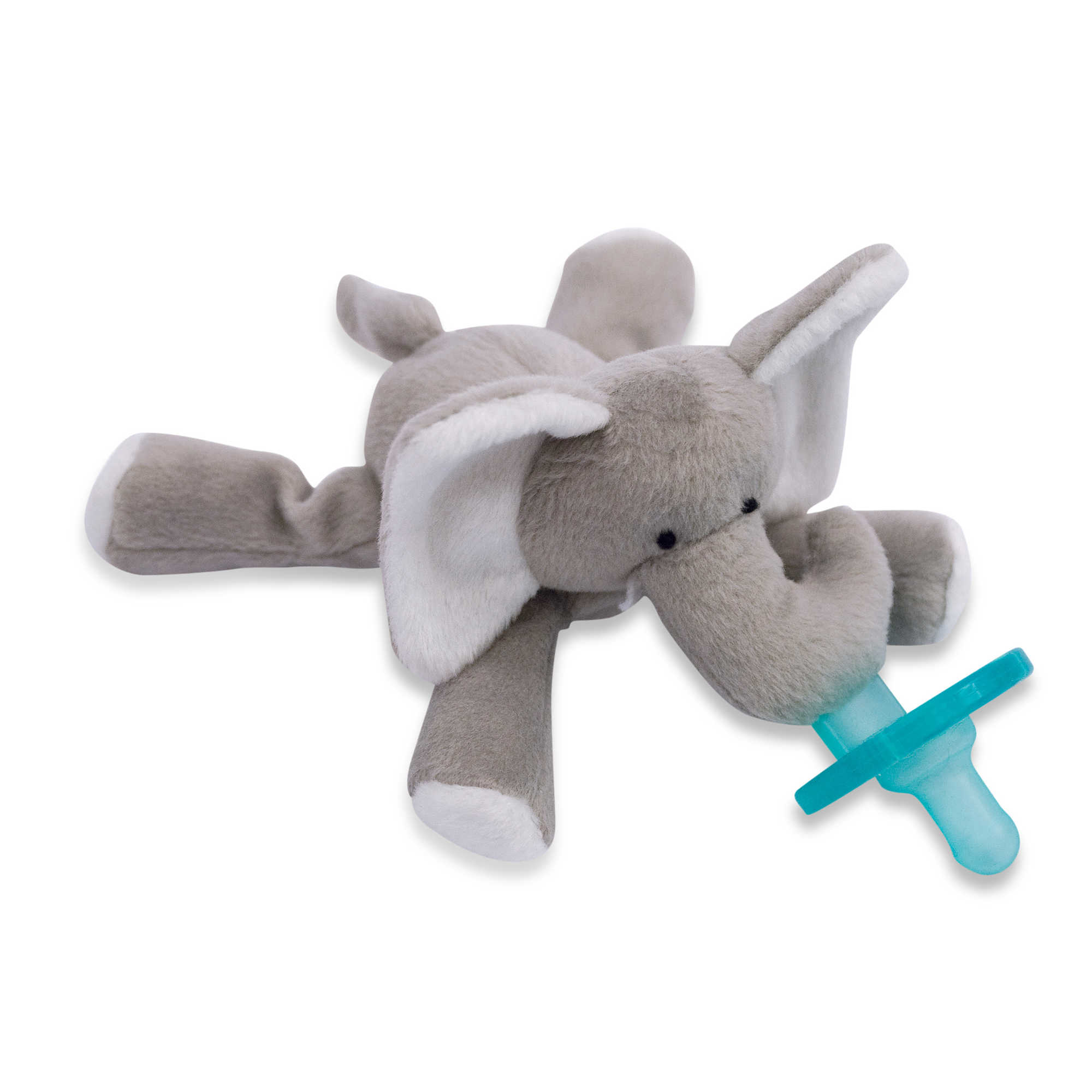Healthy Sleep Habits for Infants and Toddlers

As parents we are often faced with decisions for our children. From childcare to sleep habits. We want our children's rooms to be just perfect with all the bells and whistles. One thing we may not think about is SIDS. What is SIDS? According to the Mayo Clinic, SIDS is the unexplained death, usually during sleep, of a seemingly healthy baby less than a year old. SIDS is sometimes known as crib death because the infants often die in their cribs.
With any child 30 months or younger our teachers check the children every 15 minutes, after a child goes to sleep. Our teachers will touch and look at each child to ensure that they are still breathing, after that the teacher will re-set the timer. Although the cause is unknown, it appears that SIDS may be associated with abnormalities in the portion of an infant's brain that controls breathing and arousal from sleep.
Researchers have discovered some factors that may put babies at extra risk. They've also identified some measures you can take to help protect your child from SIDS. Perhaps the most important measure is placing your baby on his or her back to sleep. Causes of SIDS can be a combination of a couple of different factors. It could be physical and sleep environment that can make a infant more vulnerable to SIDS. Although, these factors will very from child to child. The Mayo Clinic list for the physical and Sleep environments factors are:
Researchers have discovered some factors that may put babies at extra risk. They've also identified some measures you can take to help protect your child from SIDS. Perhaps the most important measure is placing your baby on his or her back to sleep. Causes of SIDS can be a combination of a couple of different factors. It could be physical and sleep environment that can make a infant more vulnerable to SIDS. Although, these factors will very from child to child. The Mayo Clinic list for the physical and Sleep environments factors are:
Brain abnormalities. Some infants are born with problems that make them more likely to die of SIDS. In many of these babies, the portion of the brain that controls breathing and arousal from sleep doesn't work properly.
Low birth weight. Premature birth or being part of a multiple birth increases the likelihood that a baby's brain hasn't matured completely, so he or she has less control over such automatic processes as breathing and heart rate.
Respiratory infection. Many infants who died of SIDS had recently had a cold, which may contribute to breathing problems.
Sleep environmental factors could be:
The items in a baby's crib and his or her sleeping position can combine with a baby's physical problems to increase the risk of SIDS. Examples include:
Sleeping on the stomach or side. Babies who are placed on their stomachs or sides to sleep may have more difficulty breathing than those placed on their backs.
Sleeping on a soft surface. Lying face down on a fluffy comforter or a waterbed can block an infant's airway. Draping a blanket over a baby's head also is risky.
Sleeping with parents. While the risk of SIDS is lowered if an infant sleeps in the same room as his or her parents, the risk increases if the baby sleeps in the same bed — partly because there are more soft surfaces to impair breathing.

Although there is no guaranteed to prevent SIDS there are ways to help your child sleep safely by following these great tips. The Mayo Clinic along with Kids Health have great suggestions to help with safe sleep.
Back to sleep. Place your baby to sleep resting on his or her back, rather than on the stomach or side. This isn't necessary when your baby's awake or able to roll over both ways without help.
Don't assume that others will place your baby to sleep in the correct position — insist on it. Advise sitters and child care personnel not to use the stomach position to calm an upset baby.
Keep the crib as bare as possible. Use a firm mattress and avoid placing your baby on thick, fluffy padding, such as lambskin or a thick quilt. Don't leave pillows, fluffy toys or stuffed animals in the crib. These may interfere with breathing if your baby's face presses against them.
Don't overheat baby. To keep your baby warm, try a sleep sack or other sleep clothing that doesn't require additional covers. If you use a blanket, make it lightweight.
Tuck the blanket securely into the foot of the mattress, with just enough length to cover your baby's shoulders. Then place your baby in the crib, near the foot, covered loosely with the blanket. Don't cover your baby's head.
Baby should sleep alone. Your baby's sleeping in the same room with you is a great idea, but adult beds aren't safe for infants. A baby can become trapped and suffocate between the headboard slats, the space between the mattress and the bed frame, or the space between the mattress and the wall.
A baby can also suffocate if a sleeping parent accidentally rolls over and covers the baby's nose and mouth.
Breast-feed your baby, if possible. Breast-feeding for at least six months lowers the risk of SIDS.
Avoid baby monitors and other commercial devices that claim to reduce the risk of SIDS. The American Academy of Pediatrics discourages the use of monitors and other devices because of ineffectiveness and safety issues.
Offer a pacifier. Sucking on a pacifier at nap-time and bedtime may reduce the risk of SIDS. One caveat — if you're breast-feeding, wait to offer a pacifier until your baby is 3 to 4 weeks old and you've settled into an effective nursing routine.
If your baby has GERD, be sure to follow your doctor's guidelines on feeding and sleep positions.
While infants can be brought into a parent's bed for nursing or comforting, parents should return them to their cribs or bassinets when they're ready to sleep. It's a good idea to keep the cribs and bassinets in the room where parents' sleep. This has been linked with a lower risk of SIDS
If your baby's not interested in the pacifier, don't force it. Try again another day. If the pacifier falls out of your baby's mouth while he or she is sleeping, don't pop it back in.

For more information about SIDS please visit:
or
For more information about our program please visit us at:





